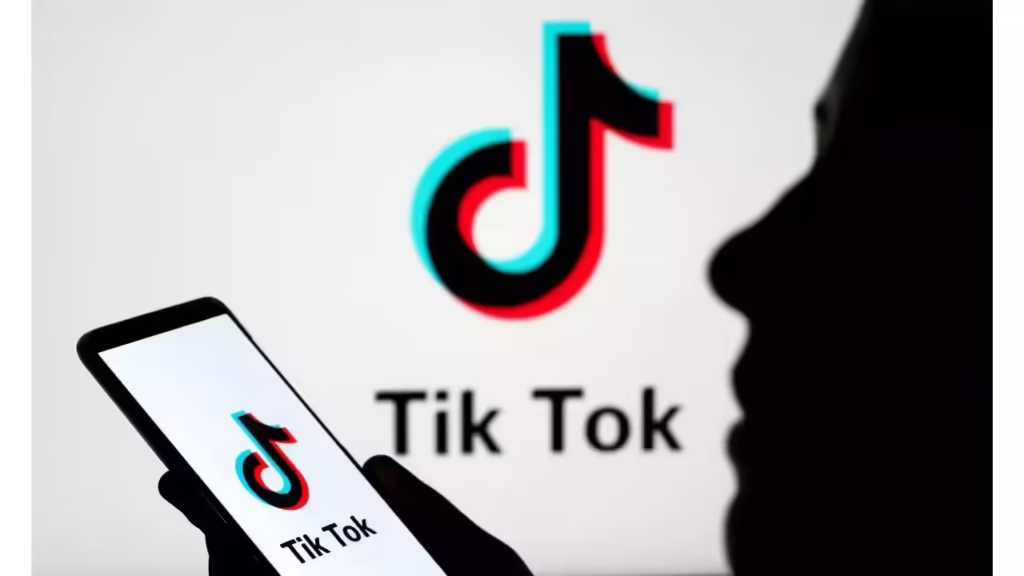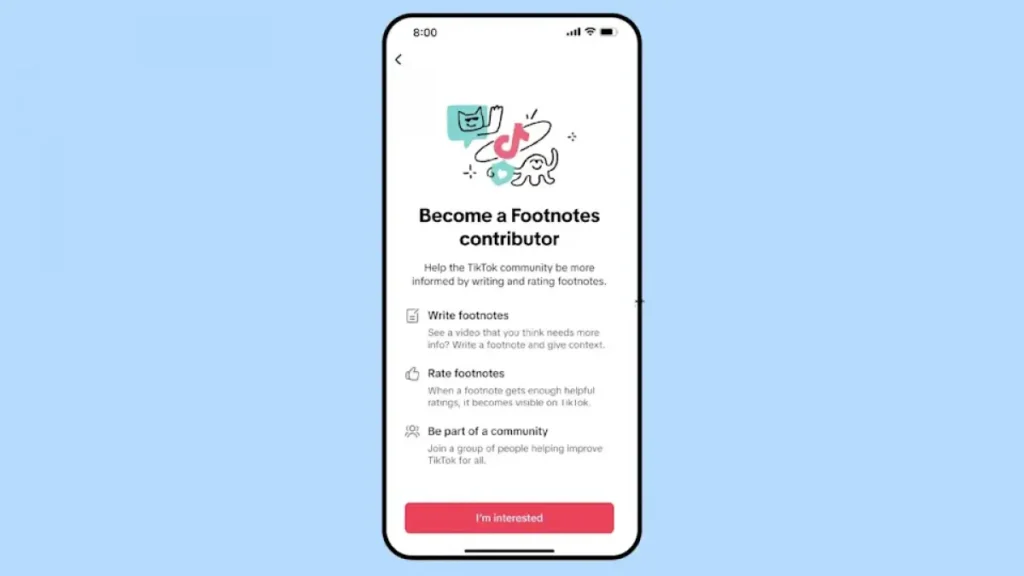TikTok’s Footnotes Launches in the U.S., A New Era of Community Fact-Checking
TikTok Footnotes just launched in the U.S., marking a bold step in the fight against misinformation on social platforms. On July 31, 2025, TikTok officially released this new fact-checking tool that empowers the community to add context and corrections to videos. After several months of testing, it’s now available to all users across the U.S.
Footnotes aims to help viewers better understand the content they see on TikTok, especially when that content includes potentially confusing, misleading, or controversial information. It builds on similar models introduced by other platforms like X (formerly Twitter) and Meta, but adapts them to TikTok’s fast-paced, video-first environment.

Table of Contents
What is Tiktok’s Footnotes Feature?
Footnotes is TikTok’s new community-driven fact-checking tool, allowing contributors to write short contextual notes that appear beneath videos. These notes provide explanations, clarifications, or corrections when necessary.
Users in the U.S. can now see these Footnotes when viewing content and rate whether they find them helpful. The feature is designed to scale naturally with TikTok’s large and active user base, turning everyday viewers into fact-checking collaborators.
How Does It Work?
The system uses what TikTok calls a “bridging algorithm” to ensure fairness and reliability. Here’s how it operates:
- Note Writing – Qualified contributors write fact-based, contextual notes on TikTok videos.
- Rating Process – Other users rate whether the note was helpful or not.
- Cross-Perspective Agreement – TikTok’s system identifies if people from a variety of viewpoints find the same note helpful. If so, the note becomes publicly visible under the video.
This mechanism helps prevent coordinated manipulation or brigading, a common problem in online community moderation. The system is designed to prioritize notes that win approval from diverse participants.
Why Now?
Misinformation on social platforms has grown steadily, and TikTok is no exception. With its massive reach, especially among younger demographics, TikTok faces unique challenges in moderating rapidly viral content. Common misinformation trends include:
- AI-generated news clips with false claims
- Deepfakes portraying public figures in fabricated scenarios
- Misleading repurposed footage taken out of context
TikTok hopes that Footnotes can crowdsource the fact-checking process and keep users better informed.
How to Become a Contributor

TikTok has opened the Footnotes program to U.S. users who meet the following criteria:
- Be at least 18 years old
- Have been active on TikTok for six months or longer
- Have no recent record of community guideline violations
Once approved, contributors gain access to a special dashboard where they can write notes, cite sources, and collaborate with others.
TikTok reports that nearly 80,000 users have already signed up as contributors since the application process opened in April.
How Does Tiktok Footnotes Compare to Other Platforms?
TikTok’s Footnotes is inspired by earlier efforts like X’s Community Notes (originally Birdwatch), which launched globally in 2022. Meta recently announced a similar program after stepping away from traditional fact-checking partnerships.
YouTube has also been testing its version of crowdsourced context-adding notes, although adoption remains limited.
What sets TikTok apart is the integration of its fact-checking tools into short-form video, a challenging environment for nuance, verification, and correction.
Challenges and Safeguards
There are significant concerns with implementing a crowdsourced fact-checking system:
- Users may try to game the system for political or ideological purposes
- Coordinated campaigns could try to suppress or boost certain notes
- The system could be flooded with poor-quality or inaccurate notes
TikTok is addressing these risks with moderation algorithms, contributor reputation scoring, and integration with professional third-party fact-checkers from organizations accredited by the International Fact-Checking Network (IFCN).
These professional partners will continue to operate alongside the Footnotes system to ensure high-profile or dangerous misinformation is flagged quickly.
A Shift Toward Community-Driven Moderation
While the full effectiveness of Footnotes remains to be seen, its launch reflects a broader industry shift. Platforms are experimenting with putting users in charge of policing content and providing explanations, not just moderating, but actively guiding public understanding.
For TikTok, this could prove critical in bolstering user trust. Footnotes gives creators and viewers alike an opportunity to learn, engage, and build a more informed community.
Can Tiktok Footnotes Actually Make a Difference?

Skeptics may argue that TikTok’s attempt to decentralize fact-checking won’t be enough. However, the success of similar tools on other platforms suggests that community-driven moderation can have a meaningful impact.
The key will be consistent enforcement, community engagement, and a transparent process for handling abuse or manipulation.
Conclusion
TikTok’s launch of Footnotes is more than a feature update, it’s a test of whether social video platforms can successfully crowdsource truth and context at scale.
If it works, TikTok could establish a new model for how fast-moving digital content can remain accountable in the AI era.
If it fails, the misinformation wave will continue to erode trust across platforms.
For now, TikTok is putting the tools, and the trust, in its users’ hands. Time will tell whether that’s a wise bet or a risky gamble.

